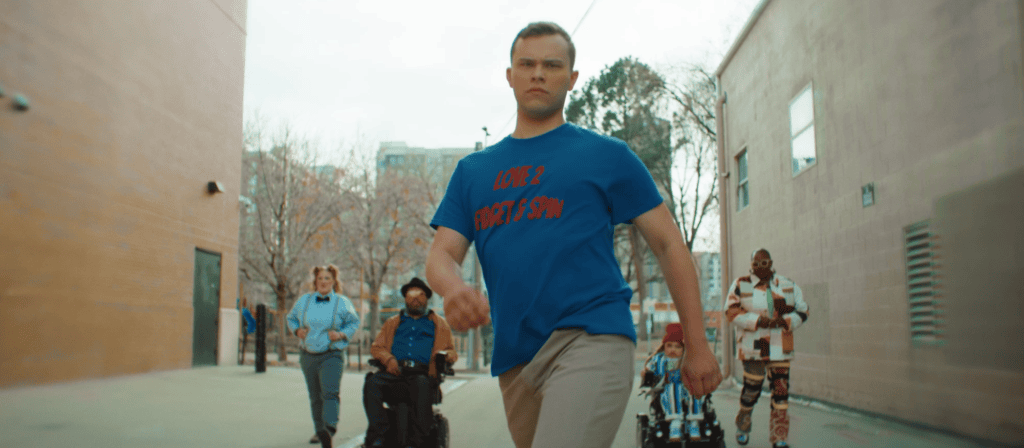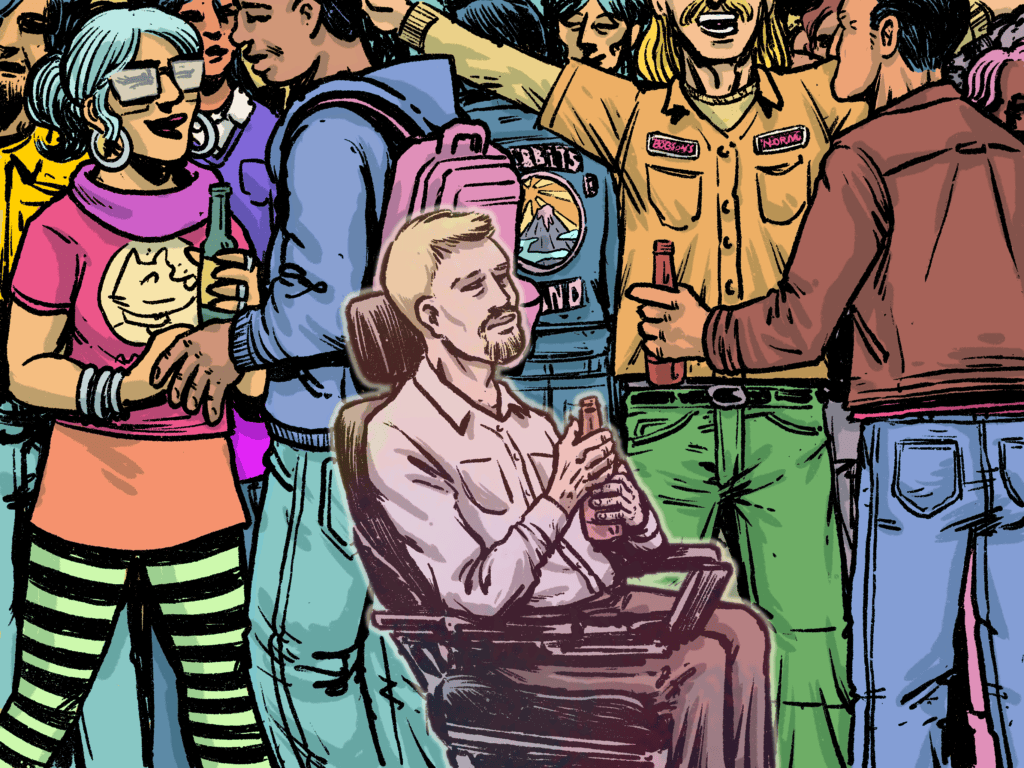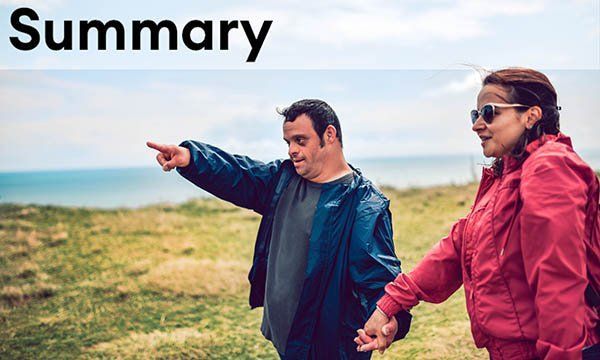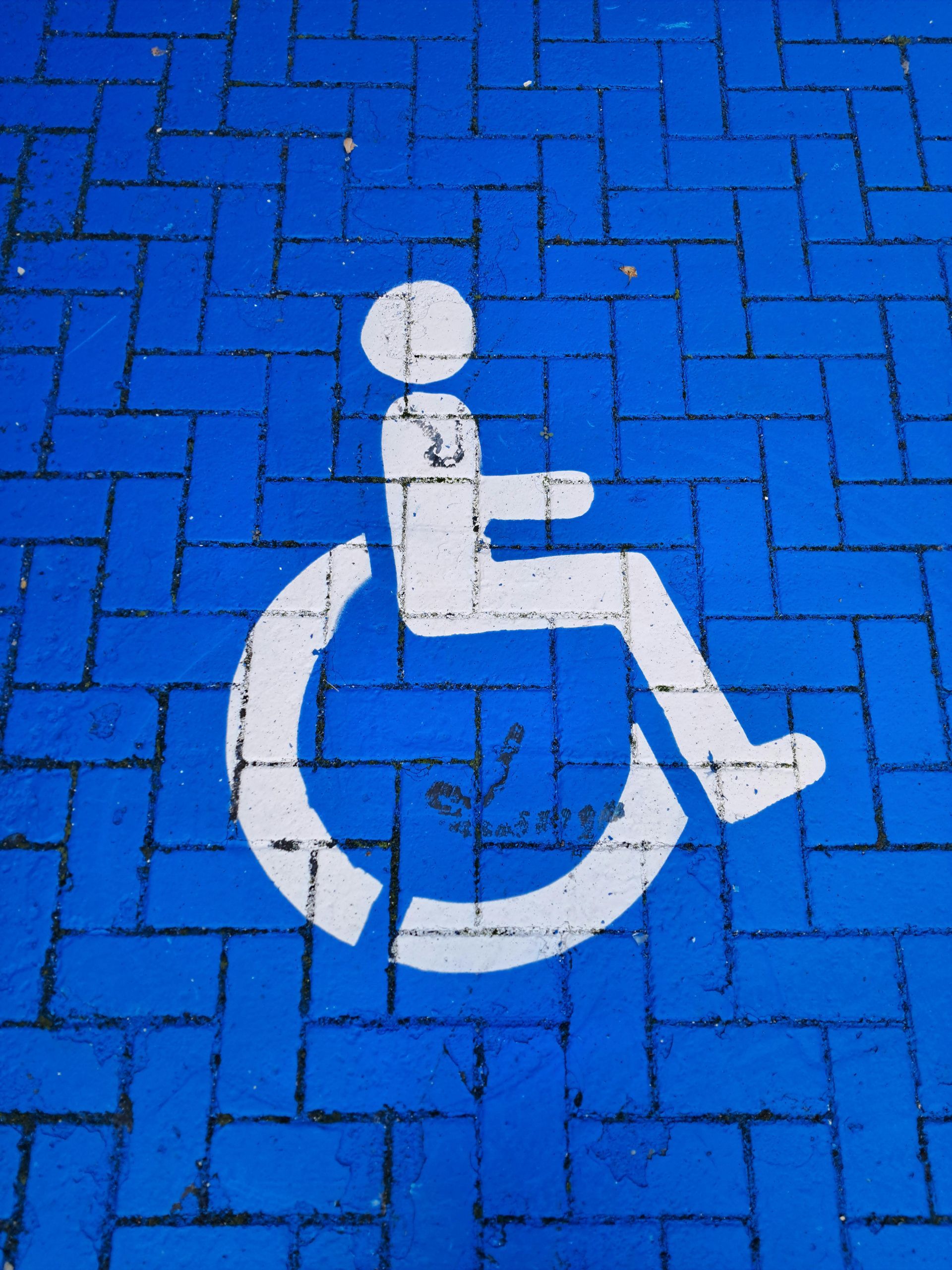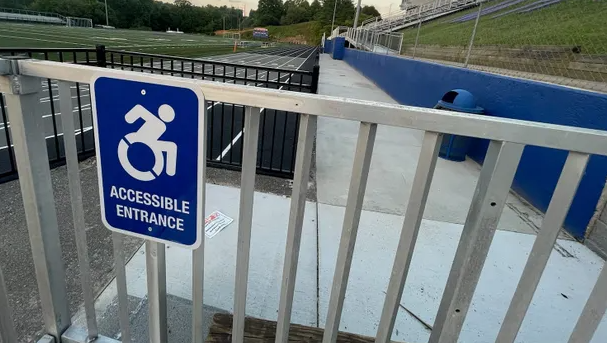Designing spaces with marginalized people in mind makes them better for everyone
Source: popsci.com / BY ELEANOR CUMMINS | PUBLISHED MAR 2, 2021 11:00 AM
In the 1940s, hundreds of thousands of World War II veterans returned home with disabilities. Frustrated by the difficulties they faced, Jack Fisher of Kalamazoo, Michigan, petitioned his city commission to install an experimental curb cut—a gentle slope that brings the end of a sidewalk down to meet the level of the street—at the corners of several blocks downtown. A few months into the pilot project, Fisher reported that even residents without wheelchairs were enjoying the impact of the little ramps: Older adults leaning on canes, parents pushing strollers, and kids pulling wagons benefited from the human-made hills, too.
Today, these shallow slants are an essential feature of the pedestrian landscape across the United States. They’ve also spurred a titular design concept: the “curb-cut effect,” which refers to the fact that supporting marginalized groups of people often ends up helping much larger swaths of society. Whether it’s applied to accessible design, investments in social welfare, or pioneering legislation, study after study shows the effect has the power to uplift us all.



